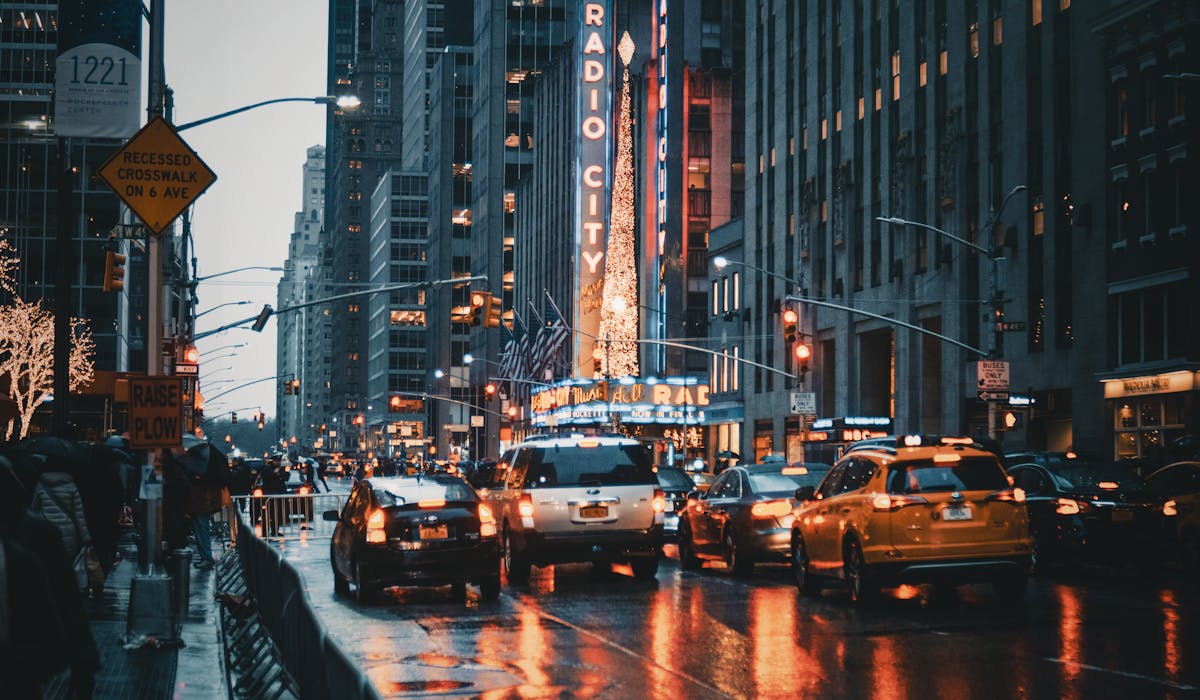The Facts About Framing Streets Uncovered
The Facts About Framing Streets Uncovered
Blog Article
Framing Streets Can Be Fun For Everyone
Table of Contents3 Easy Facts About Framing Streets ShownHow Framing Streets can Save You Time, Stress, and Money.Some Known Facts About Framing Streets.How Framing Streets can Save You Time, Stress, and Money.Framing Streets Things To Know Before You BuyThe Buzz on Framing Streets
Digital photography category "Crufts Canine Program 1968" by Tony Ray-Jones Street digital photography (also occasionally called honest photography) is photography conducted for art or questions that features unmediated chance experiences and arbitrary occurrences within public places, generally with the goal of catching photos at a decisive or emotional moment by mindful framework and timing. 
The Facts About Framing Streets Uncovered
Susan Sontag, 1977 Street digital photography can concentrate on people and their actions in public. In this regard, the road professional photographer resembles social documentary photographers or photojournalists that likewise operate in public areas, yet with the aim of capturing newsworthy events. Any of these professional photographers' pictures may record individuals and building noticeable within or from public areas, which often entails navigating ethical problems and legislations of privacy, safety, and building.
Representations of daily public life form a style in virtually every period of world art, starting in the pre-historic, Sumerian, Egyptian and early Buddhist art periods. Art managing the life of the street, whether within views of cityscapes, or as the leading motif, shows up in the West in the canon of the Northern Renaissance, Baroque, Rococo, of Romanticism, Realistic look, Impressionism and Post-Impressionism.
Framing Streets Fundamentals Explained
Louis Daguerre: "Blvd du Temple" (1838 or 1839) In 1838 or 1839 the initial photo of figures in the road was videotaped by Louis-Jacques-Mand Daguerre in one of a set of daguerreotype views taken from his studio window of the Boulevard du Temple in Paris. The 2nd, made at the height of the day, shows an unpopulated stretch of road, while the various other was taken at regarding 8:00 am, and as Beaumont Newhall records, "The Blvd, so constantly full of a relocating crowd of pedestrians and carriages was completely solitary, other than an individual who was having his boots combed.
His boots and legs were well specified, however he is without body or head, because these were in activity." Charles Ngre, waterseller Charles Ngre. https://www.imdb.com/user/ur175665524/?ref_=nv_usr_prof_2 was the initial professional photographer to attain the technical class called for to sign up individuals in activity on the street in Paris in 1851. Professional Photographer John Thomson, a Scotsman functioning with reporter and social protestor Adolphe Smith, published Street Life in London in twelve regular monthly installments starting in February 1877
The 8-Second Trick For Framing Streets
Eugene Atget is considered a progenitor, not due to the fact that he was the very first of his kind, however as a result of the popularisation in the late 1920s of his document of Parisian streets by Berenice Abbott, that was inspired to undertake a similar documents of New York City. [] As the city developed, Atget aided to promote Parisian streets as a worthwhile topic for digital photography.

About Framing Streets
Martin is the very first tape-recorded photographer to do so in London with a disguised video camera. Mass-Observation was a social research organisation established in 1937 which aimed to tape-record everyday life in Britain and to record the responses of the 'man-in-the-street' to King Edward VIII's abdication in 1936 to marry separation Wallis Simpson, and the succession of George VI. Between 1946 and 1957 Le Groupe des XV each year displayed job of this kind. Andre check my site Kertesz. Circus, Budapest, 19 May 1920 Road digital photography created the major material of two exhibits at the Gallery of Modern Art (Mo, MA) in New york city curated by Edward Steichen, 5 French Photographers: Brassai; Cartier-Bresson, Doisneau, Ronis, Izis in 1951 to 1952, and Post-war European Photography in 1953, which exported the principle of street photography globally.

Little Known Questions About Framing Streets.
The recording equipment was 'a concealed camera', a 35 mm Contax hidden beneath his layer, that was 'strapped to the chest and attached to a long cable strung down the best sleeve'. Nonetheless, his work had little modern impact as as a result of Evans' sensitivities concerning the originality of his job and the personal privacy of his subjects, it was not released until 1966, in guide Lots of Are Called, with an introduction written by James Agee in 1940.
Helen Levitt, then an instructor of kids, related to Evans in 193839. She recorded the temporal chalk drawings - Sony Camera that became part of youngsters's street society in New york city at the time, along with the children who made them. In July 1939, Mo, MA's new photography area consisted of Levitt's job in its inaugural eventRobert Frank's 1958 book,, was significant; raw and commonly out of focus, Frank's images questioned mainstream photography of the time, "challenged all the formal policies set by Henri Cartier-Bresson and Pedestrian Evans" and "contradicted the wholesome pictorialism and heartfelt photojournalism of American publications like LIFE and Time".
Report this page